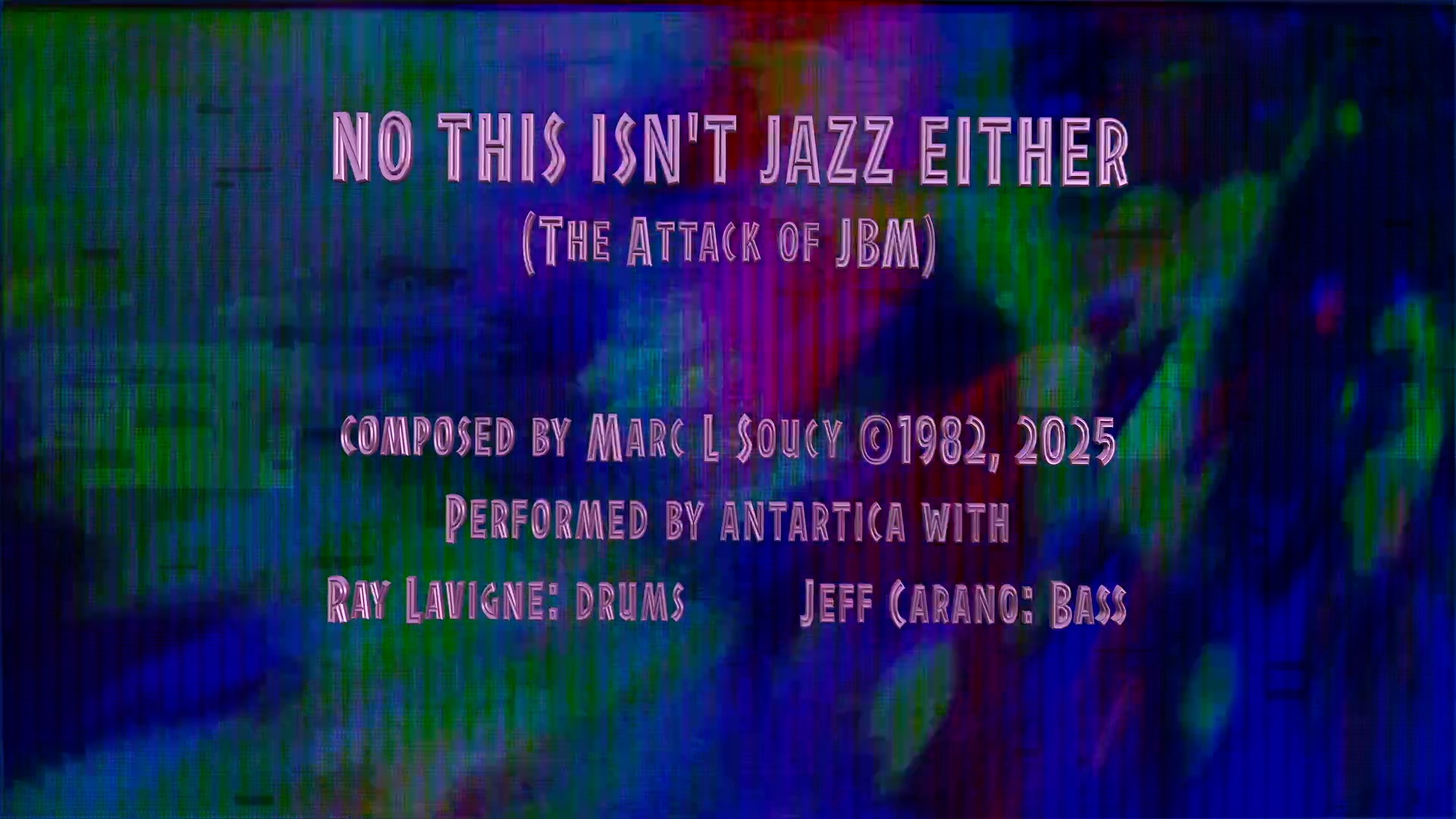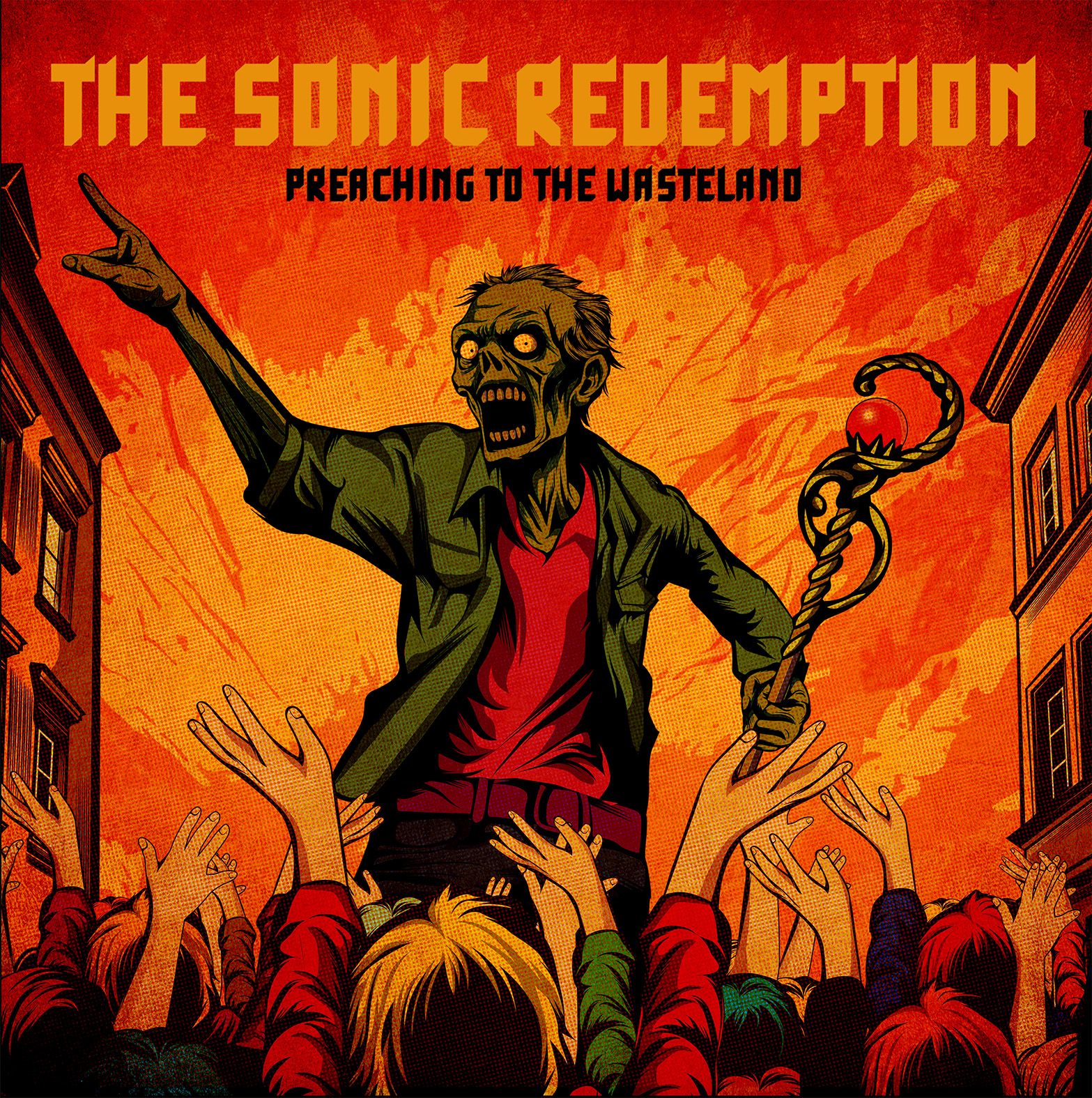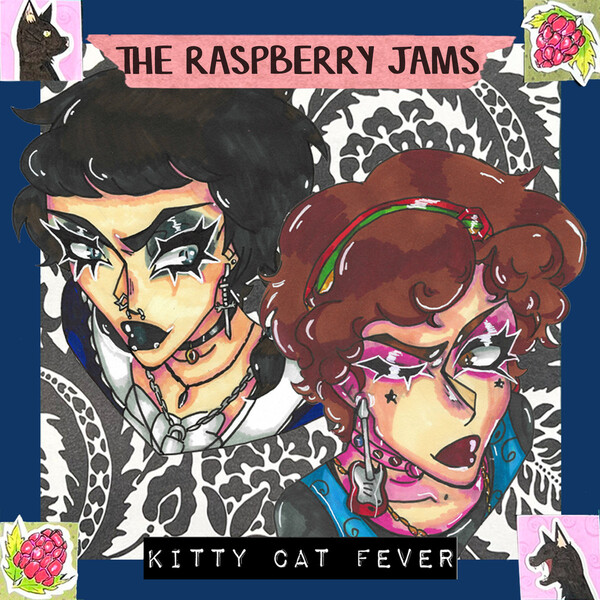Charming Scars’ latest single, “Down South” from their debut release, delivers an immersive rock experience marked by authentic production and deliberate songcraft. The track follows a structured progression through pre‑verse, verse, pre‑chorus, chorus, bridge, and even introduces a key change before returning seamlessly to the original key. This attention to form demonstrates clear intent and musical maturity.
The instrumental tone feels intentionally raw and warm. The band avoids digital drum replacements, allowing the acoustic drum kit to breathe with natural weight. Set in Drop C tuning at 432 Hz, the guitars emit a dark, gritty resonance while the chorus brings an unexpected uplift through clever harmonic shifts.
Listeners are greeted by a gnarly hook riff from the guitar, layered over a bass that has character and moments of melodic interplay. The bass timing aligns with the kick drum to create a low‑end foundation that hits with body and groove. Above this rhythm section, the vocals introduce unique natural tones, peppered with color and occasional quirky note choices that stand out for their expressive quality.
The drums truly remain the lifeforce throughout. Their aggressive yet danceable rhythm carries the track forward and gives it a pulse that compels movement. This trance‑like sludginess tied to an upbeat punk rhythm is a bold juxtaposition, and Charming Scars pull it off convincingly.
Overall, “Down South” is a compelling version of alternative punk that honours rawness and intentional structure. It leaves the listener curious to explore more from this emerging band.









